

Seals are marine mammals found the world over. Characterised by their torpedo shape, seals are intelligent and playful animals. Antarctica is home to different seal species, each sharing a basic ...
READ MORE

Whales make up some of the largest animals on earth. In fact, the largest animal that has ever lived is believed to be the blue whale. Whales are actually mammals, and like humans, they have ...
READ MORE
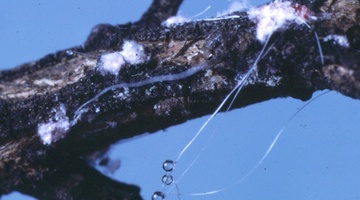
Our native forests – ngahere – have complex ecosystems. Within the wider ecosystems are smaller ecosystems, such as the one formed around honeydew. Honeydew is a sweet, sticky substance produced ...
READ MORE

This teacher resource lists selected articles from the Connected and School Journal reading series that support the science concepts when teaching about Antarctica. Connected and School Journal ...
READ MORE
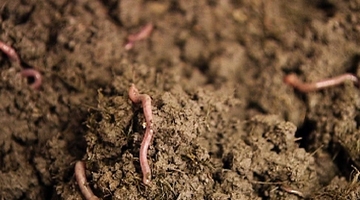
In this activity, students use observation to explore earthworm anatomy and the nature of science. By the end of this activity, students should be able to: identify various physical ...
READ MORE
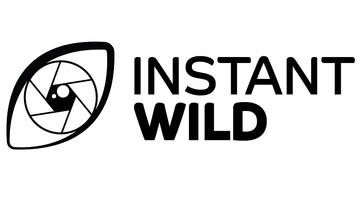
Instant Wild is an initiative by the Zoological Society of London. Photos or videos of animals are recorded using hidden cameras in a range of worldwide locations. The aim is to increase the ...
READ MORE
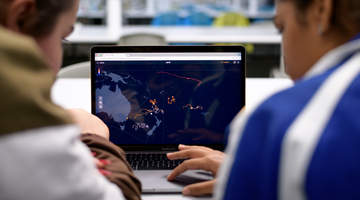
Although invisible to the naked eye, marine microbes drift continually in our ocean systems, quietly consuming up to 50% of the Earth’s CO2 through photosynthesis and producing nearly as much ...
READ MORE

Weddell seals and orca are among the top predators in the Ross Sea region of Antarctica, and more than half of the Weddell seal population can be found in the Ross Sea. Information about changes ...
READ MORE

A Year 9 class visited a local lavender farm as part of a biotechnology unit investigating the production, packaging and marketing of lavender oil for aromatherapy. The purpose of the field trip ...
READ MORE
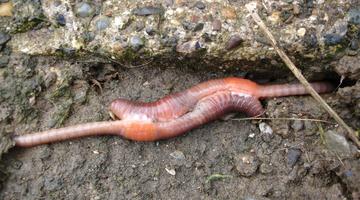
Earthworms are of interest to most children, are easily accessible and are an animal species easily kept in the classroom for short periods of time. This makes them ideal subjects for exploring ...
READ MORE

To most of us, one earthworm resembles another. Although earthworms do have common characteristics, species differ widely in their size, skin colour and in the roles they play in the soil ...
READ MORE
Our native forests – ngahere – have complex ecosystems. These ecosystems are under threat from introduced wasp species. In this episode of Project Mātauranga, Associate Professor Jacqueline Beggs ...
READ MORE
Researcher Rosa Henderson from Landcare Research NZ Ltd introduces the tiny scale insects and talks about their role in the ecosystem.
READ MORE
Researcher Cheri van Schravendijk-Goodman explains why some plants are considered pest plants within the Waikato River catchment. These plants invade the catchment area and often compete with ...
READ MORE
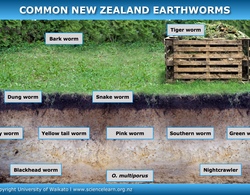
New Zealand’s common earthworms occupy different niches in the soil profile. To use this interactive, move your mouse or finger over any of the labelled boxes and select to obtain more ...
READ MORE
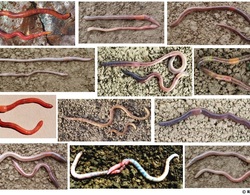
Learn more about introduced and native earthworms in Aotearoa New Zealand. Use the Slideshow menu for further options, including view full screen, and go here for the download option.
READ MORE

Use this interactive graphic organiser to consider whether something is living or non-living. Place each image where you think it belongs. This activity can be done individually, in pairs or as a ...
READ MORE